2023 Gardening Year In Review – Lauren Mackay
Lauren Mackay recaps her 2023 year for gardening!
Gardening has many different aspects, such as light, water, soil, fertilizer, compost, hardiness zones, design, tools and equipment, its many terms, starting a garden, and seasonal practices. Don’t worry if this sounds like a lot because most of it is easy to learn and implement. We’ll help you along the way as you explore these areas to start or better your garden. As you do, let us know what else we can do or how your journey is going. We’d love to hear from you!

Lauren Mackay recaps her 2023 year for gardening!
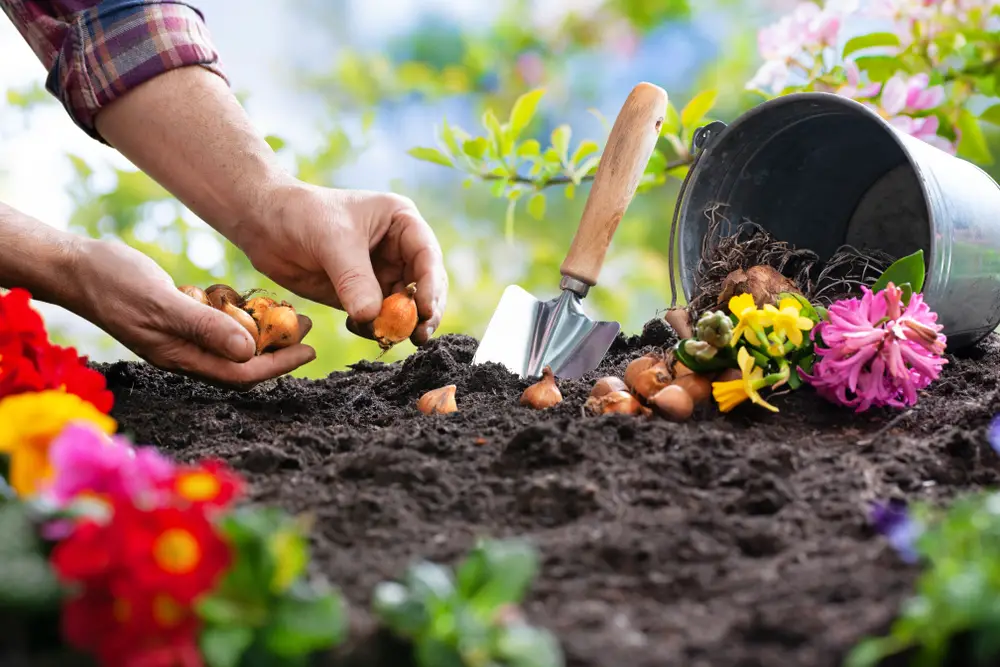
Few flowers are as showy and glorious as those shooting up from a summer-blooming bulb. Planting bulbs is neither laborious nor difficult.
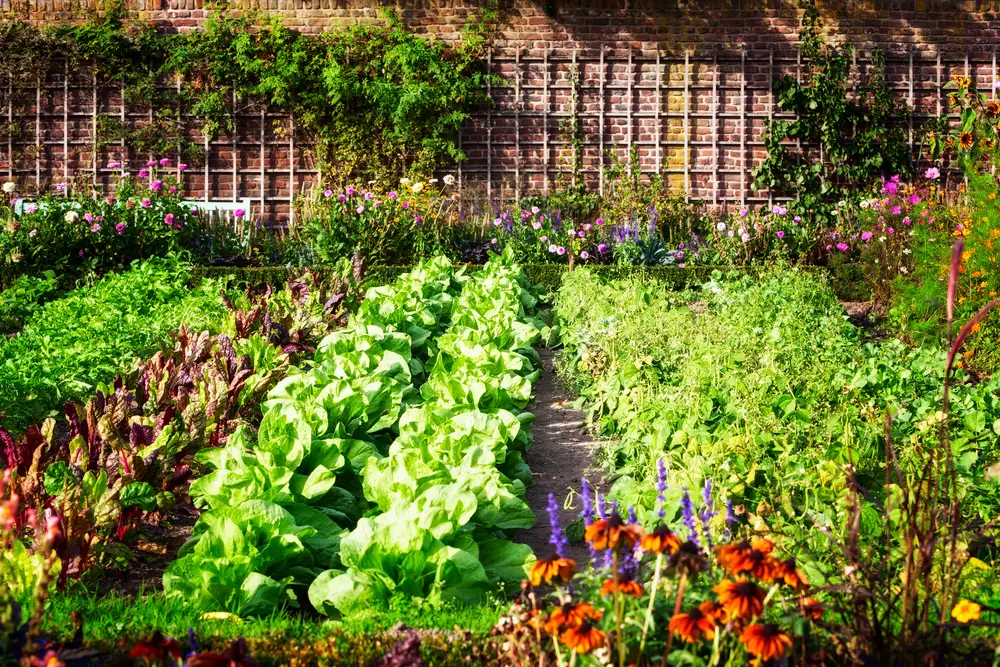
Designing a vegetable garden layout isn’t complicated or difficult. Taking the time to plan what you want to grow and then draw a design on paper will mean better success, and it can save you from overspending on plants you won’t have room for.
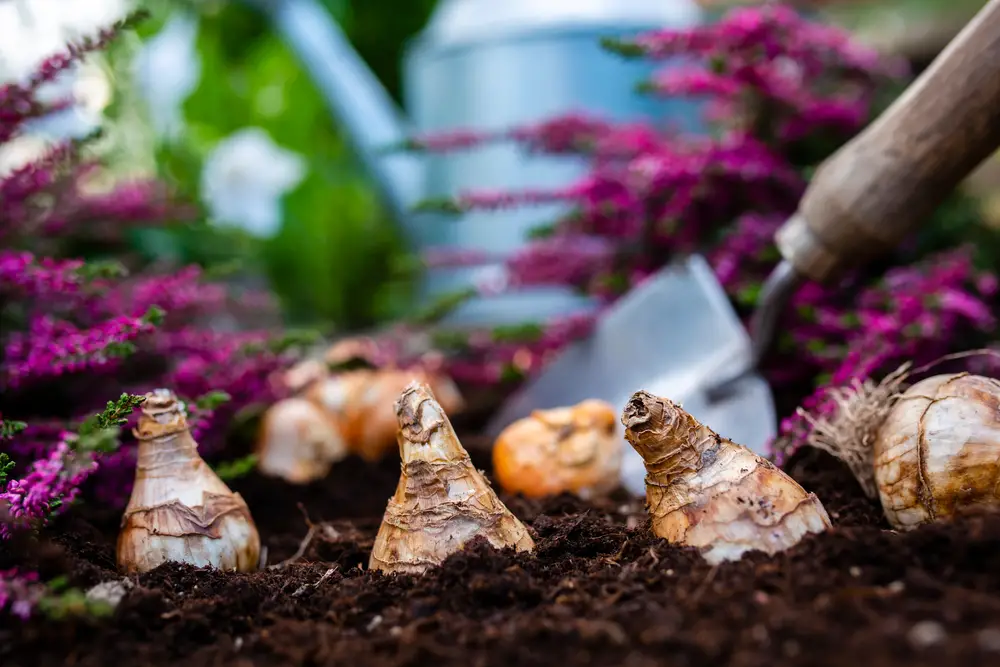
Planting bulbs in the fall for you to enjoy in the spring is an easy and highly rewarding garden job. No other addition will make the color impact to your garden that spring-blooming bulbs do.
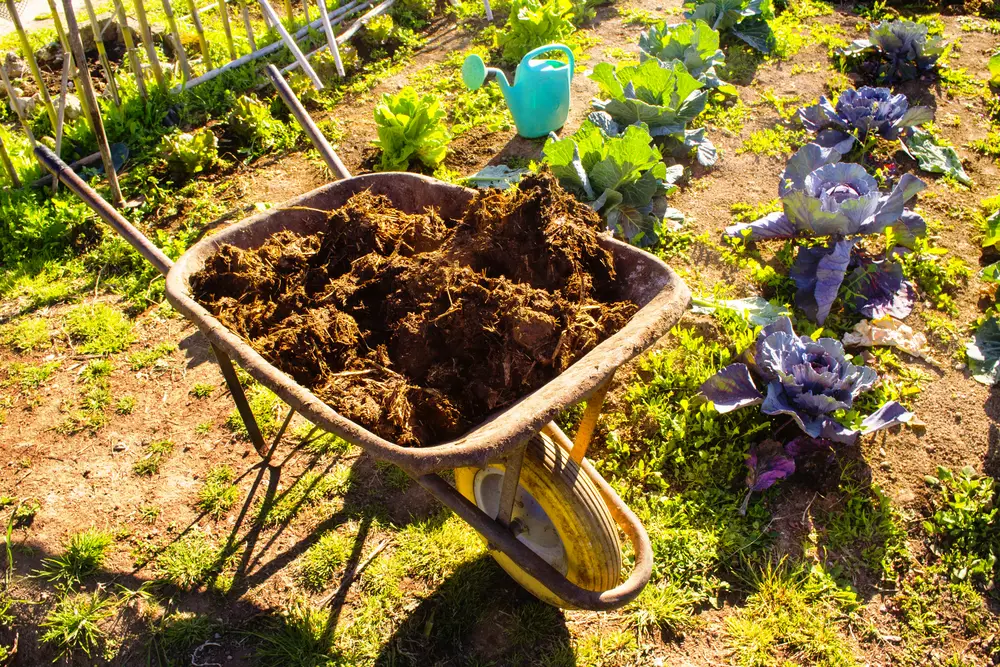
Making the shift to use naturally derived products to fertilize your garden is extremely easy. In fact, you can accomplish this in large part by using organic materials already present in your yard!
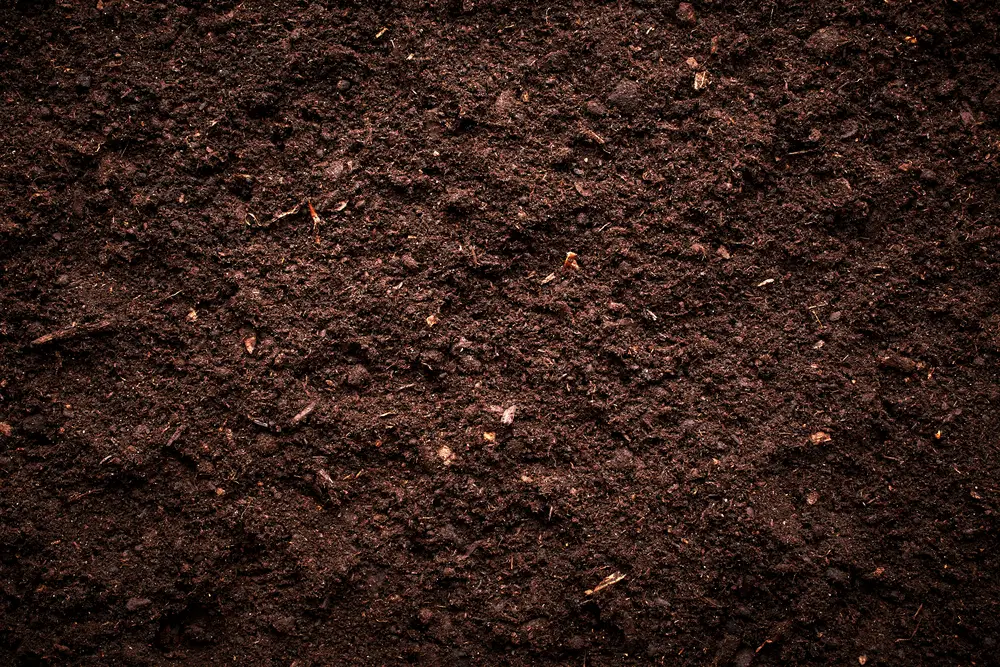
There are several simple practices you can incorporate into your gardening routine to help your soil and garden be the best they ever have been long into the future.
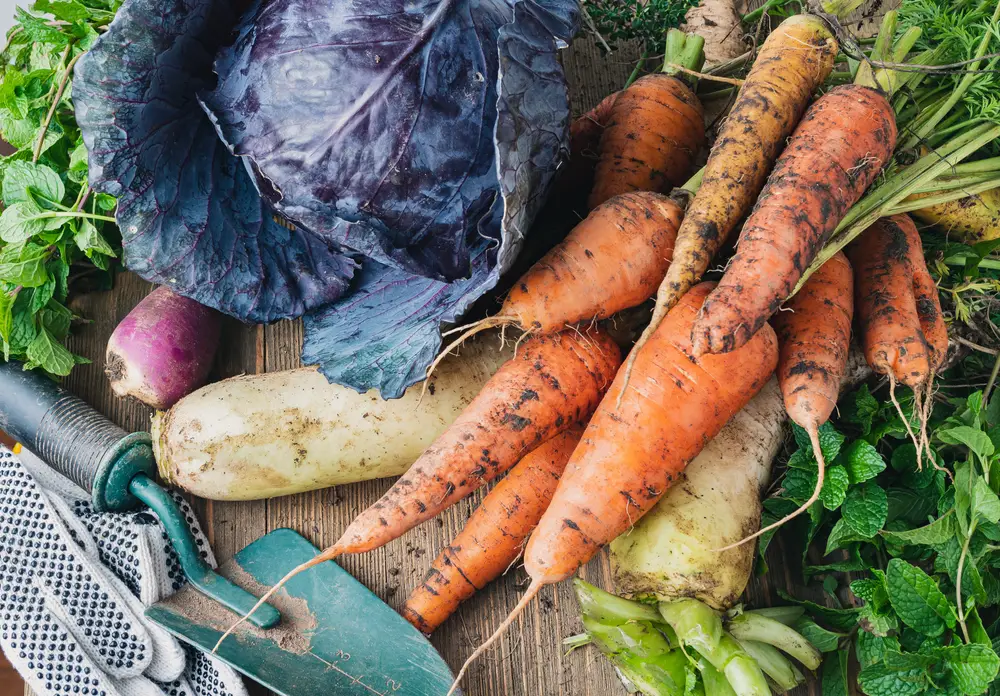
Growing vegetables in the winter can be difficult, but it gets easier when you know the best ones.
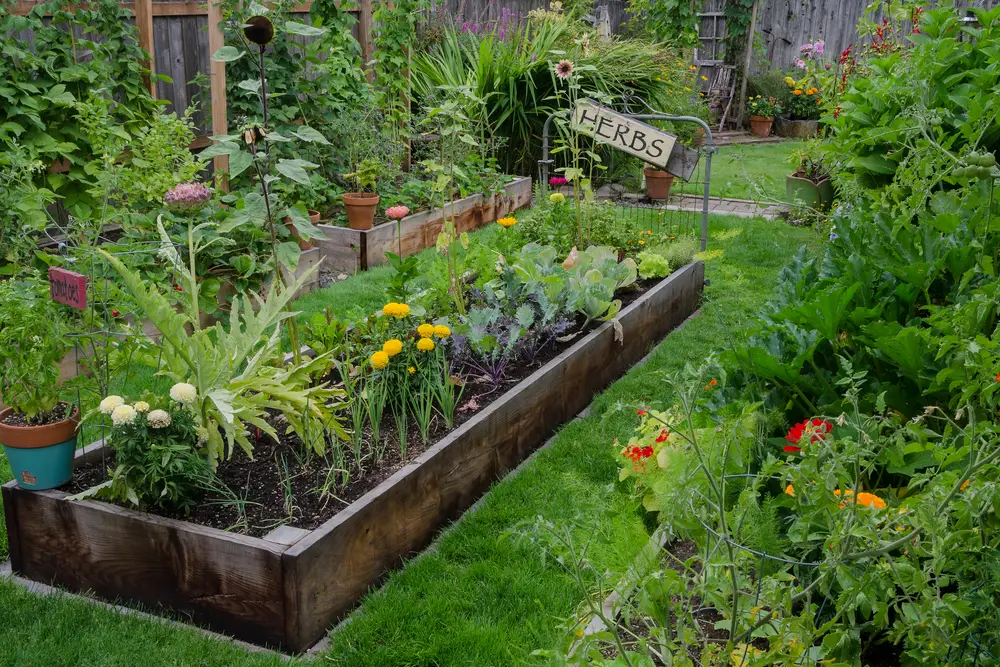
Microclimates are smaller climates within larger ones that deviate from the norm. Microclimates occur due to a variety of conditions such as light, wind, water, buildings, and property slope. Identifying your microclimate is essential to understanding what your garden needs, where to put it, and how to help it thrive.
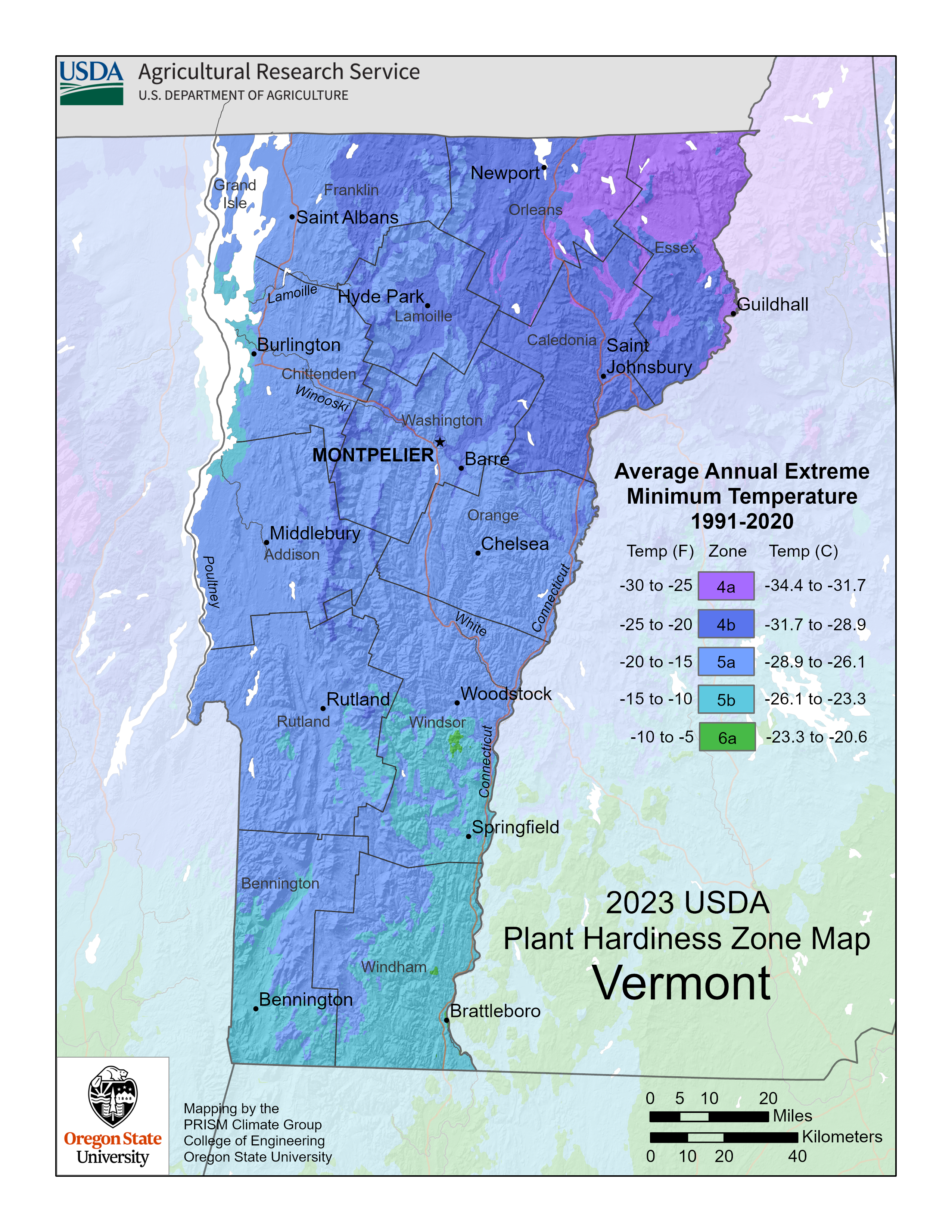
Vermont’s plant hardiness zones include zones 4a, 4b, 5a, 5b and 6a. Across all these zones, its overall average extreme minimum winter temperatures range from -30°F (-34.4°C) to -5°F (-20.6°C).
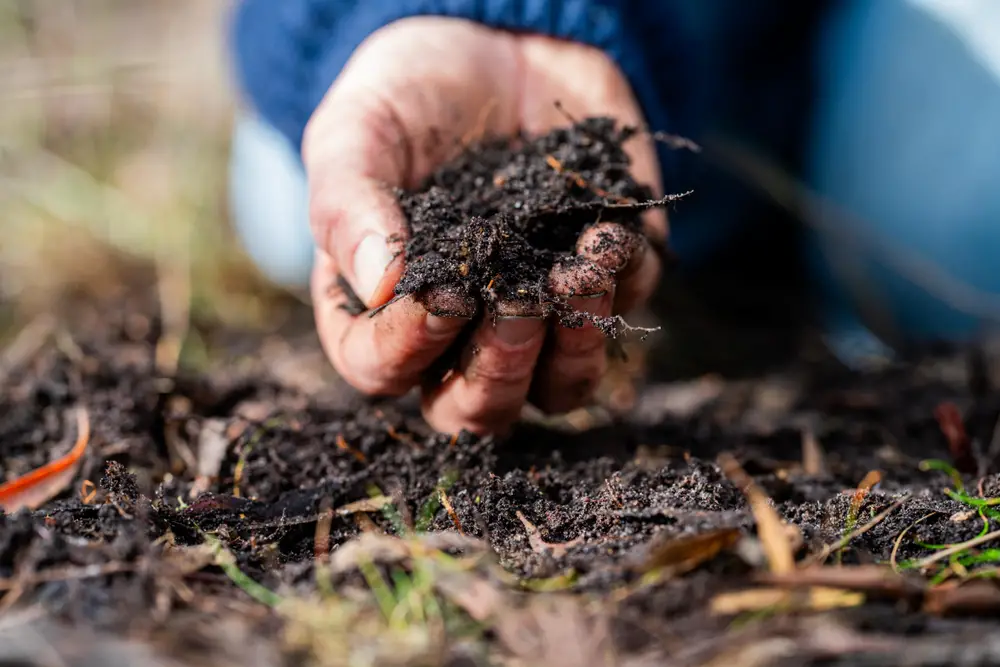
Whether or not fertilizer is necessary for your vegetable garden comes down to what kind of fertilizer you’re using and what’s already in your soil.
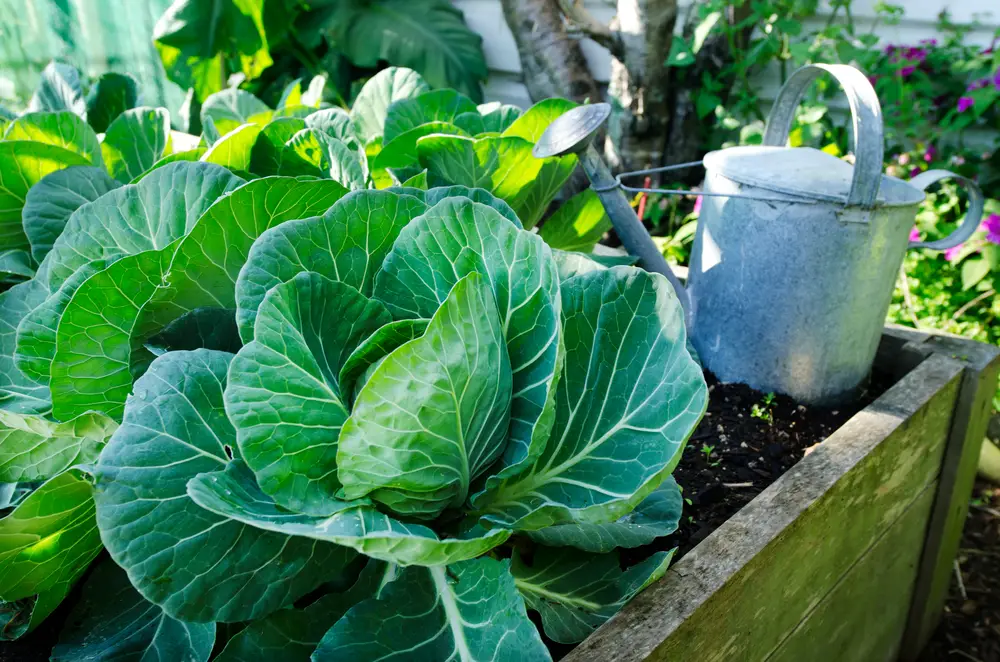
Maintaining your vegetable garden requires different steps for each season. But each step is essential to the health and growth of your vegetable garden.
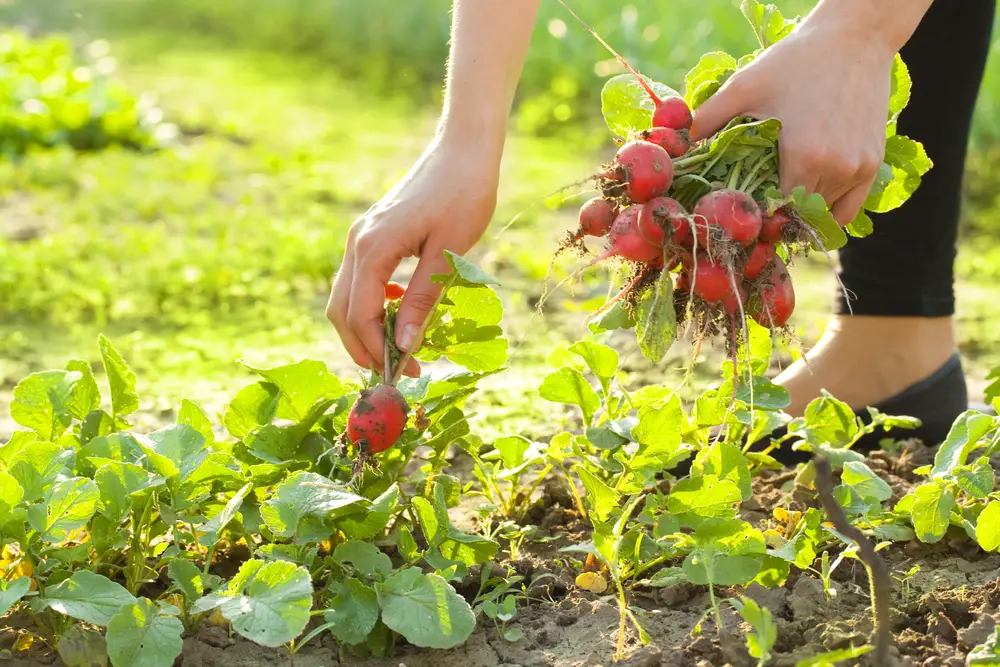
When it comes to whether or not vegetable gardening are good for beginners, it comes down to the work you’re willing to put in, and what sorts of rewards you’re looking for from that work.
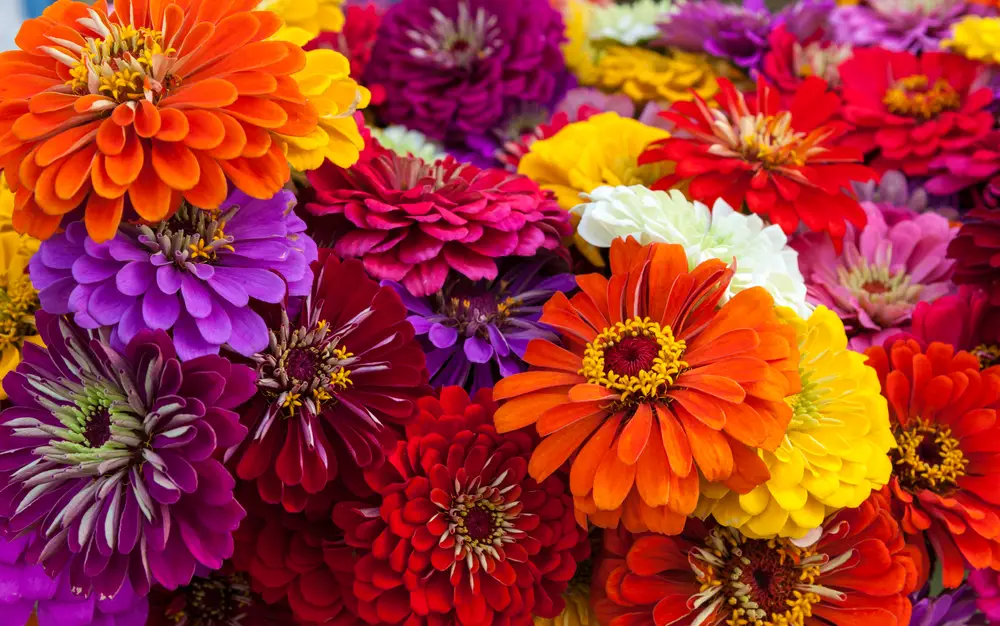
Annual plants are a must-have for any garden! Their striking appearance adds a distinctive touch and is perfect for pots or flower beds. But just what are annual plants, and how do you take care of them?
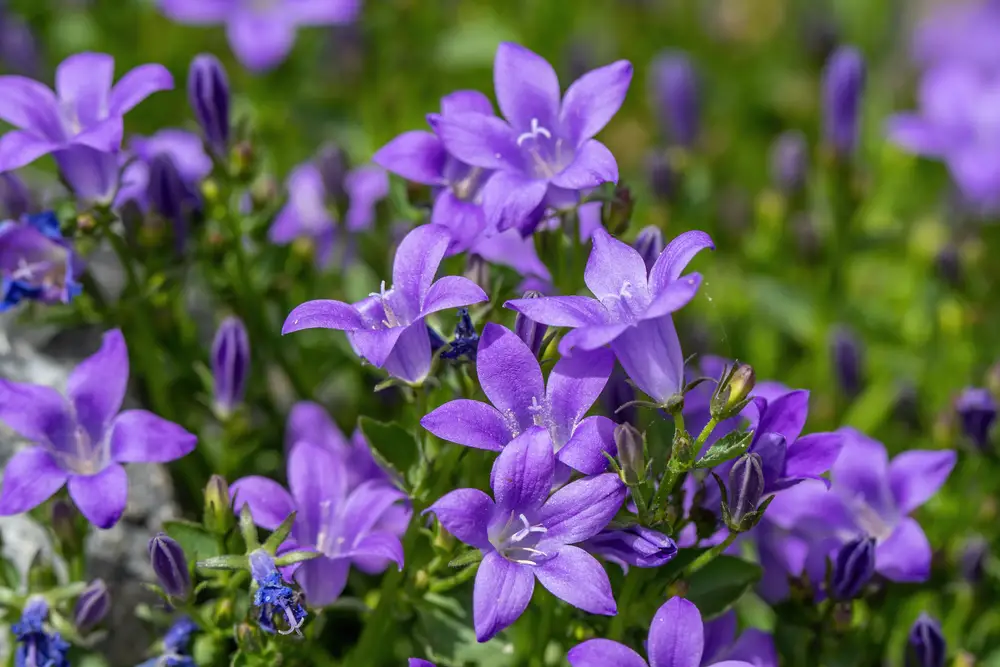
Several factors make perennial plants the kind of plants they are, including the fact they come back every year after winter
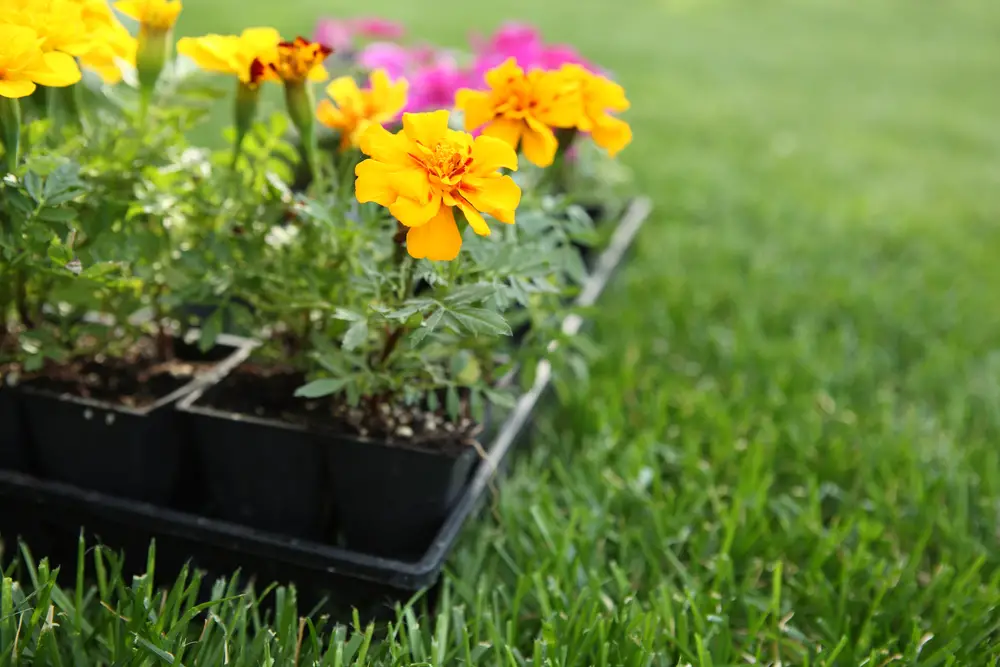
There’s a lot to love about annual plants, but there’s also a lot to take into consideration. So, if you’re considering an annual plant, here’s an in-depth look at all their pros and cons!